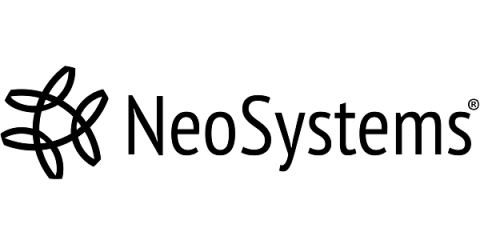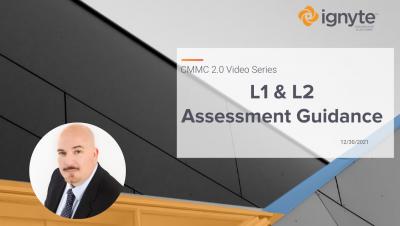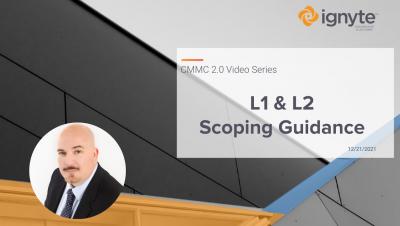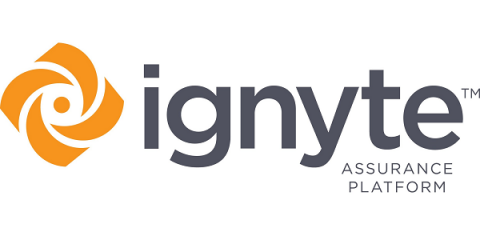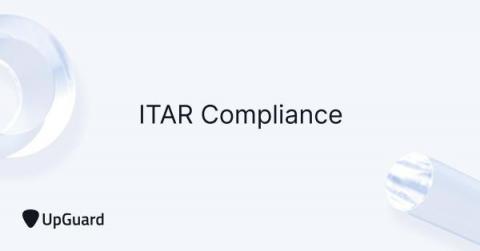How Will ISO 27701 and the GDPR Affect Your Organization?
Companies today face increasing pressure to implement strong cybersecurity controls. While the U.S. has no comprehensive cybersecurity law, many organizations still fall under state, international, or industry regulations. Two of the most prominent controlling publications are the General Data Protection Regulation (GDPR), and the ISO 27701 standard. One has the force of law, and the other is a guiding framework, respectively. Both of these documents apply to an increasing number of businesses.



